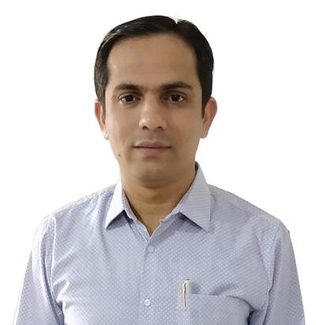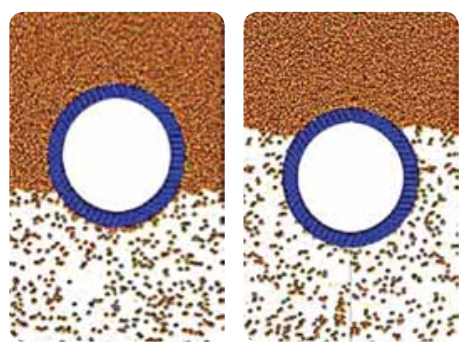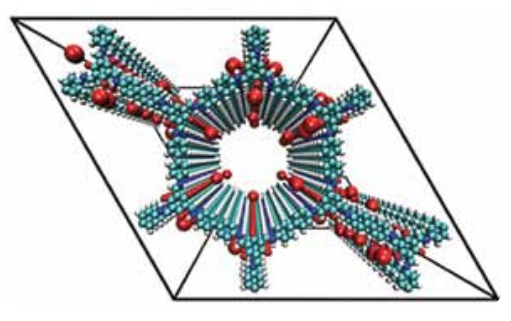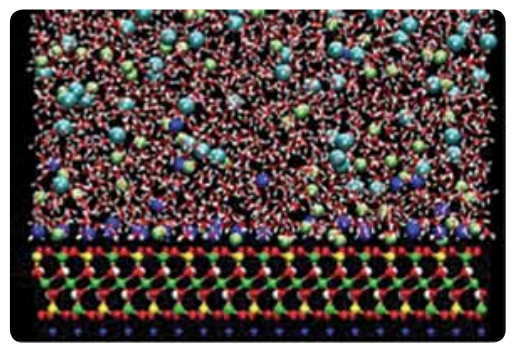Ateeque Malani
Core Faculty
Professor

138, Chemical Engineering
Core Faculty
Professor

Many natural phenomena, such as, rolling of water droplet on lotus leaf, dryness of bird feather even after immersing in water and skimming of water strider on water surface, are inspiration to prepare biomimetic super-hydrophobic and self-cleaning surfaces. Such surfaces have huge potential applications in variety of areas ranging from chemical industry to food appliances. In the design of such surfaces, the key parameters are the hierarchal design and surface chemistry of materials. We investigate wetting behavior of nano-fibers and nanoparticles using recently developed molecular simulation techniques.

Porous materials are used in many technological industries ranging from petroleum refineries to water treatment plants. The application in wide areas is governed by the internal porous structure of these materials. Theoretical calculations indicate that millions of such materials with unique porous structure can be created; however, only few have been realized in experiments. These novel, yet to be synthesized, material has a great potential in improving existing technologies and application in new areas. We investigate the major road block in finding the routes to synthesize such novel porous materials. We have developed molecular modeling techniques to probe the mechanism at molecular length scale and provide detail kinetic information of porous material synthesis. We are investigating the effect of various processing parameters such as temperature, pressure, concentration of reactant and presence of templating agents

Our objective is to obtain fundamental understanding of how a substrate influences organization of interfacial and confined fluid, the origin of forces under nanoscale confinement and the changes in the dynamics of confined fluid. We use Monte Carlo, molecular dynamics and advance techniques to investigate such system. The obtained understanding has huge implications in protein folding, bio-lubrications, adsorption, and separation science.